

Tonino De Bernardi
Born: May 24, 1937
in Chivasso, Italy
in Chivasso, Italy
Tonino De Bernardi (1937, Italy) made his first work at the end of the 1960s. His underground films were often projected in museums and art galleries. In his films, De Bernardi mixes life with his interest in literature, music and art. In 1987 he made his first official feature, Elettra, after Sophocles.
Movies for Tonino De Bernardi...
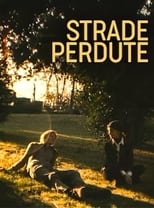
Title: Strade perdute - Filmmaker 23
Released: November 20, 2023
Type: Movie
For Filmmaker Film Festival (2023), Fulvio Baglivi and Cristina Piccino asked some filmmakers (R. Beckermann, J. Bressane, D’Anolfi/Parenti, T. De Bernardi, L. Di Costanzo, A. Fasulo, F. Ferraro, M. Frammartino, S. George, ghezzi/Gagliardo, C. Hintermann, G. Maderna, A. Momo, A. Rossetto, M. Santini, C. Simon, S. Savona) to give us their own "lost road," that is, a sequence, scene or piece of editing that did not later find its way into the final version of one of their works. Each fragment has its own accomplished presence, often has a different title from the film it was made for, which is not necessary to have seen in order to find meaning; on the contrary, those who set out thinking they know the world they are walking through will find themselves displaced.


Title: Où en êtes-vous, Tonino De Bernardi?
Character: Self
Released: January 29, 2022
Type: Movie
A film commissioned by the Centre Pompidou, where the director captures moments of his daily life and of his relatives.

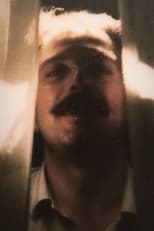
Title: Marco Melani - The Man With The Golden Eye
Released: December 9, 2021
Type: Movie
"The Man With The Golden Eye" tells the extraordinary figure of Marco Melani through a live projection of materials collected in over ten years of research. Found footage, unpublished interviews with cinema and television personalities, fragments of films, extracts from television programs, photographs, readings and interventions by the author, intertwine giving voice to a chorus of precious testimonies.

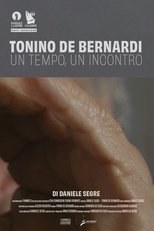
Title: Tonino De Bernardi: One Time, One Encounter
Character: Self
Released: September 10, 2021
Type: Movie
"Tonino De Bernardi - Un tempo, un incontro" is a film about the duel between two friends who are very different from one another. Two different approaches, two characters, two views that only seem antithetical meet and then open up in front of a camera. Or, more precisely, in front of the cameras. On the one hand, the eye of Daniele Segre. On the other hand, Tonino's, which almost taints the film's aesthetics. The film's development conveys a sense of immediacy, which is a fundamental principle for both directors. Daniele films Tonino and Tonino films Daniele, and this takes place in a play of associations, and in the space of an encounter. The two directors have seized this opportunity to swap views and experiences.


Title: Galileo’s Thermometer
Released: January 28, 2018
Type: Movie
A whole summer long, Portuguese filmmaker Teresa Villaverde stayed with Italian cult director Tonino De Bernardi, who was working on projects including a film version of Sophocles’ Electra starring only local villagers. She sits at the table with the family in their garden, on the back seat of the car on the way home in the evening or listens to the stories told by the woman De Bernardi buys cheese and eggs from.

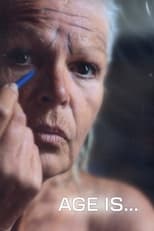
Title: Age Is...
Released: August 15, 2012
Type: Movie
Stephen Dwoskin’s final film is a meditation on the subjective experience and cultural concepts of ageing. The film is an ode to the texture, the beauty, the singularity of aging faces and silhouettes, a hypnotic poem in the Dwoskin meaning of the term which is long observations of very tiny details. A gesture, a pause, a look, a moment. Throughout his films intimacy has always played a leading role and this is also true for Age is..., all the faces being close friends, or close friends relatives and sometimes even Stephen himself.


Title: Ultimo bagliore e nulla
Character: Himself
Released: February 3, 2003
Type: Movie



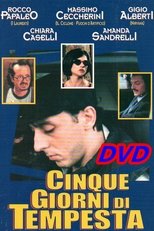

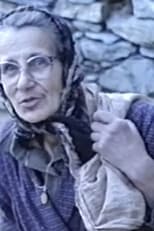
Title: Tonino e le galline
Character: Himself
Released: November 13, 1989
Type: Movie
Italian film-maker Tonino De Bernardi meets in rural Liguria an old countrywoman, Agnese, and her chickens.


Title: A proposito di sbavature
Character: Self
Released: January 1, 1985
Type: Movie
Tonino De Bernardi, author of self-produced films, many Super8 and videos, talks about cinema and Turin. Shot on U-matic.


Title: Cinématon
Character: N°1542
Released: December 20, 1978
Type: Movie
Cinématon is a 156-hour long experimental film by French director Gérard Courant. It was the longest film ever released until 2011. Composed over 36 years from 1978 until 2006, it consists of a series of over 2,821 silent vignettes (cinématons), each 3 minutes and 25 seconds long, of various celebrities, artists, journalists and friends of the director, each doing whatever they want for the allotted time. Subjects of the film include directors Barbet Schroeder, Nagisa Oshima, Volker Schlöndorff, Ken Loach, Benjamin Cuq, Youssef Chahine, Wim Wenders, Joseph Losey, Jean-Luc Godard, Samuel Fuller and Terry Gilliam, chess grandmaster Joël Lautier, and actors Roberto Benigni, Stéphane Audran, Julie Delpy and Lesley Chatterley. Gilliam is featured eating a 100-franc note, while Fuller smokes a cigar. Courant's favourite subject was a 7-month-old baby. The film was screened in its then-entirety in Avignon in November 2009 and was screened in Redondo Beach, CA on April 9, 2010.


Title: Warming Up
Released: April 20, 1973
Type: Movie
Shot between Italy and New York City, Warming Up is the journal of a season of creativity. The film-maker and his characters improvise scenes and sequences, and wonder how to make up a story as they go along. The recurring theme is how to make the world (or read it as) an imaginative place...

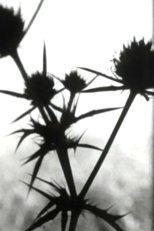
Title: Coda
Released: December 2, 1970
Type: Movie
A conclusion and recapitulation of the Eryngium cycle, Coda deals directly with the theme of self-portraiture. The first shot alludes to the end of Erichvon Stroheim's Foolish Wives, where the corpse of the hero-director is dispatched in a man-hole. Other dramatic self-portraits follow: Caravaggio's Goliath, Dante's Sestina (read by the film-maker), and Dürer's Self-portrait with Eryngium. The abandoned villa of Migrazione is revisited. But the finale is hopeful.

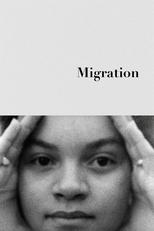
Title: Migration
Released: December 2, 1970
Type: Movie
This is the third and most extensive part of the cycle Eryngium. The essential theme is the migrations that have populated our world, starting from ancient India and descending into Greece and Western Europe.The film’s conceit is that this movement is still in progress. The characters are shown in transit, as if they were part of an ancient caravan. While they move they make up myths and they worship the Great Goddess,impersonating her story. Thus she appears as young girl and mature woman, and is evoked in the stories and music given on the soundtrack: the Virgin of Bach’s Magnificat, the Sulamite of Stockhausen’s Song of Solomon (“I am black but comely”), tales by Herodotus, Kafka, Villon (as set to music by Ezra Pound). A section is devoted to the idea of celebration, where the migrants get together to worship the life-principle. Later the film moves back to the individual and solitude.

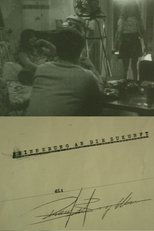
Title: Erinnerung An Die Zukunft
Released: November 3, 1970
Type: Movie
Unfinished feature film by Piero Bargellini.


Title: Bacino Casa del lupo o di Tonino Massimo e Piero
Released: June 6, 1970
Type: Movie
It exists only in a fragmented state.

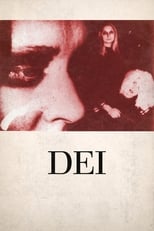
Title: Dei
Released: September 19, 1968
Type: Movie
The construction of the film is very simple. Most of the time we see faces in close-up. Three pairs of faces, usually, on three different levels of superimpositions. At first, the faces are very theatrical, made-up. It's not clear whether they are men or women. They move only slightly. They are, indeed, godlike. As the film progresses, very unnoticeably, these faces begin to gain more life and masculine and feminine qualities. At the end of the film, after three hours, the faces are very real, and very human, and sexes and ages are very clearly defined: men, women, children.




Title: Il mostro verde
Released: December 31, 1967
Type: Movie
Short made for double parallel projections, for which Allen Ginsberg said that it's his favorite underground European film, debut from the director, cheeky hommage to B-movies.


